A research team have built a virtual creature mimicking the many brain-containing limbs of an octopus.
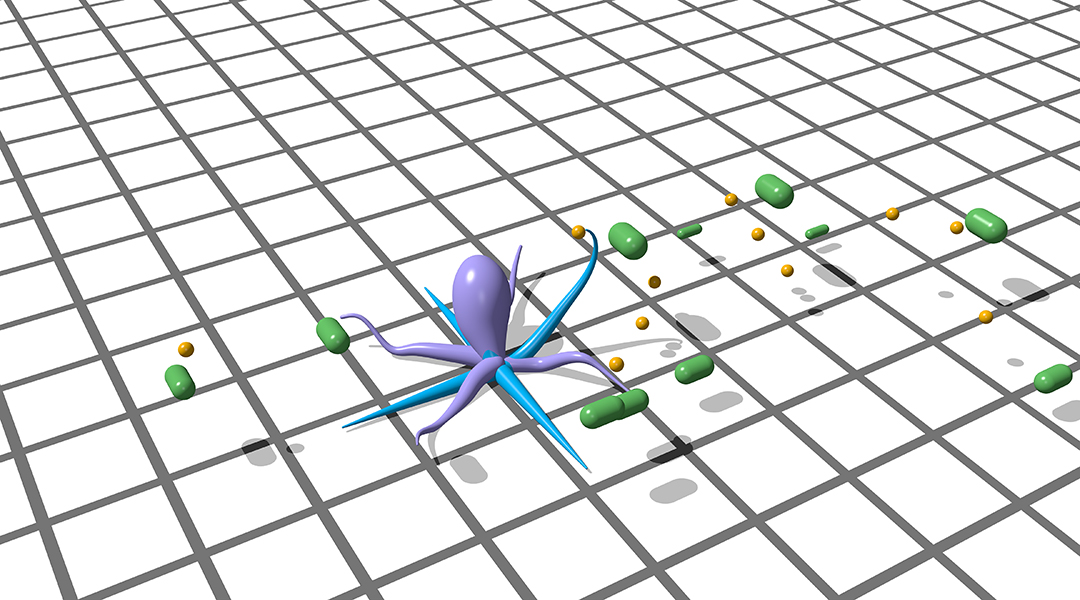

A research team have built a virtual creature mimicking the many brain-containing limbs of an octopus.
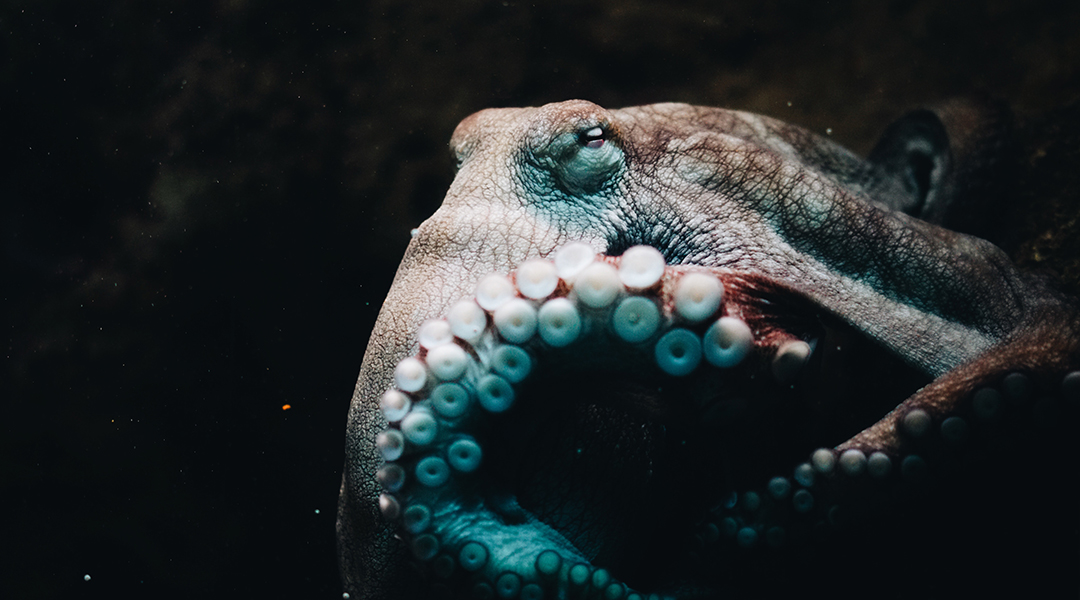
Understanding how a completely different neural structure achieves the same function as the human brain opens up possibilities for designing new types of AI systems.
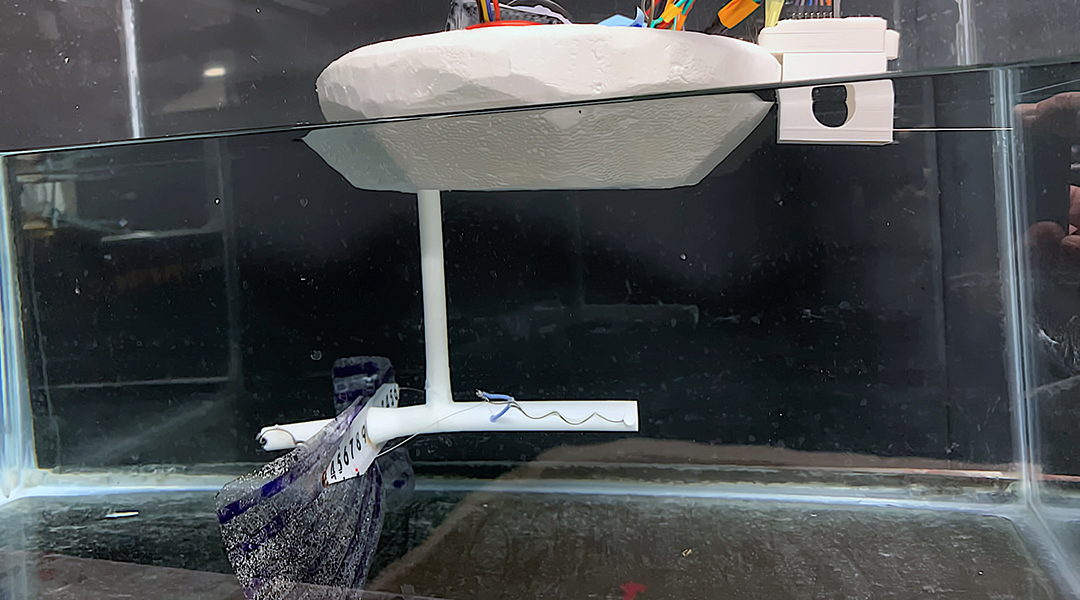
A robotic swimmer that mimics the movement of octopuses could help researchers better monitor aquatic environments remotely and in real time.
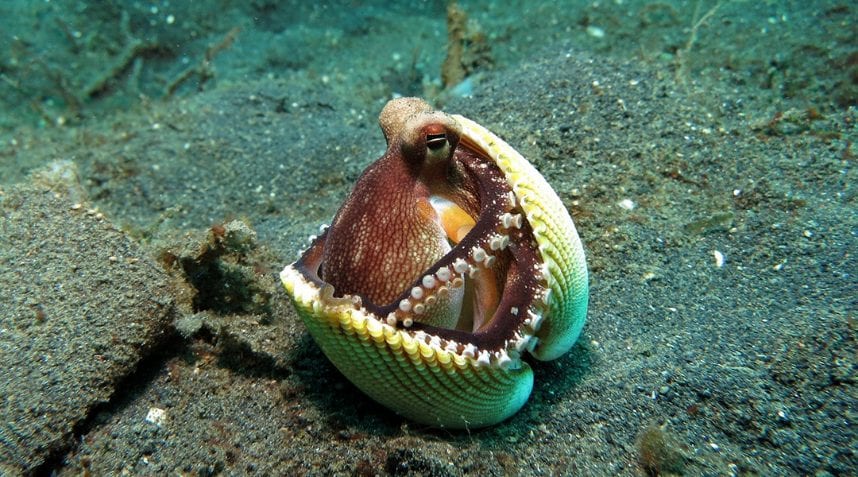
A gelatin-based hydrogel allows researchers to create a flexible, remote controlled robot capable of squeezing through tight spaces.

The remarkably agile arms of the octopus are a source of inspiration for the design of autonomous robots.
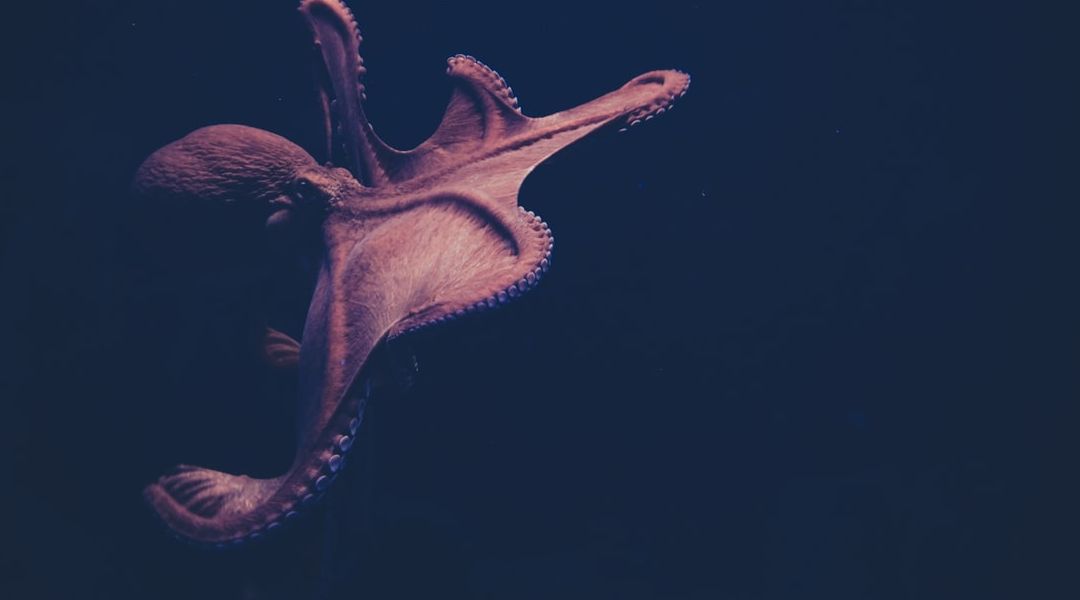
An octopus-arm-inspired soft robot is capable of manipulating unknown objects in confined spaces.
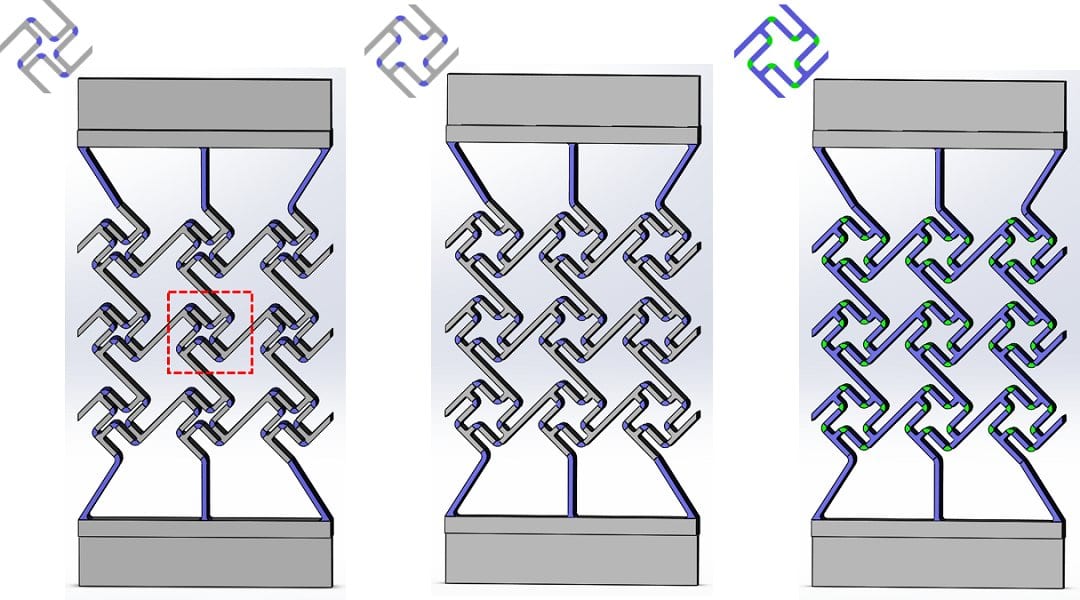
New designs were fabricated via multimaterial 3D printing and potential applications of sequential particle release mechanisms were systematically explored.
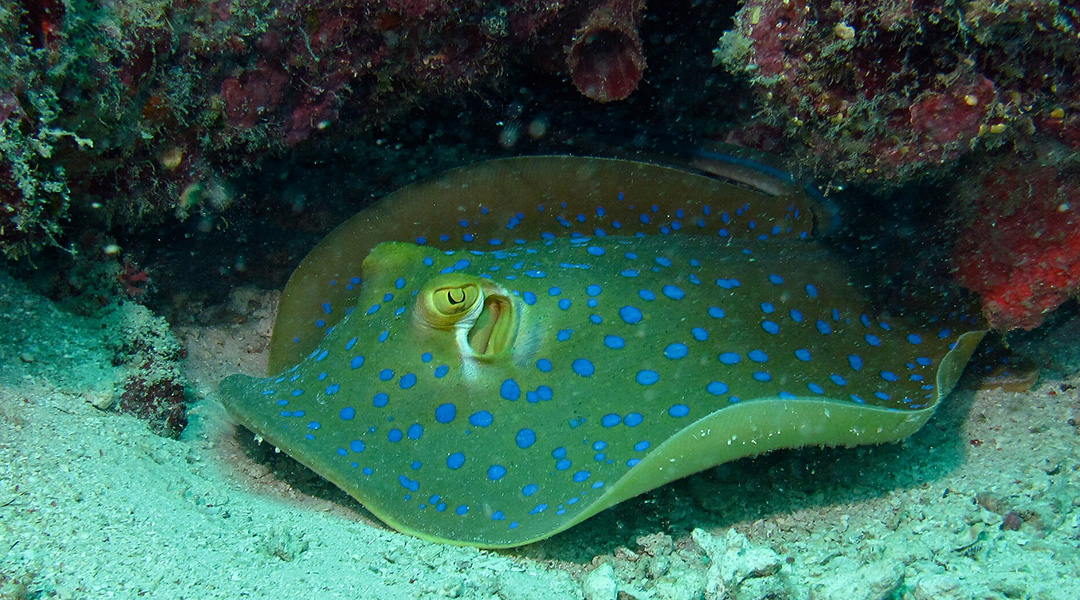
Dive into the mesmerizing world of sharks and rays, where vibrant blues emerge through never-before-seen structural colors.
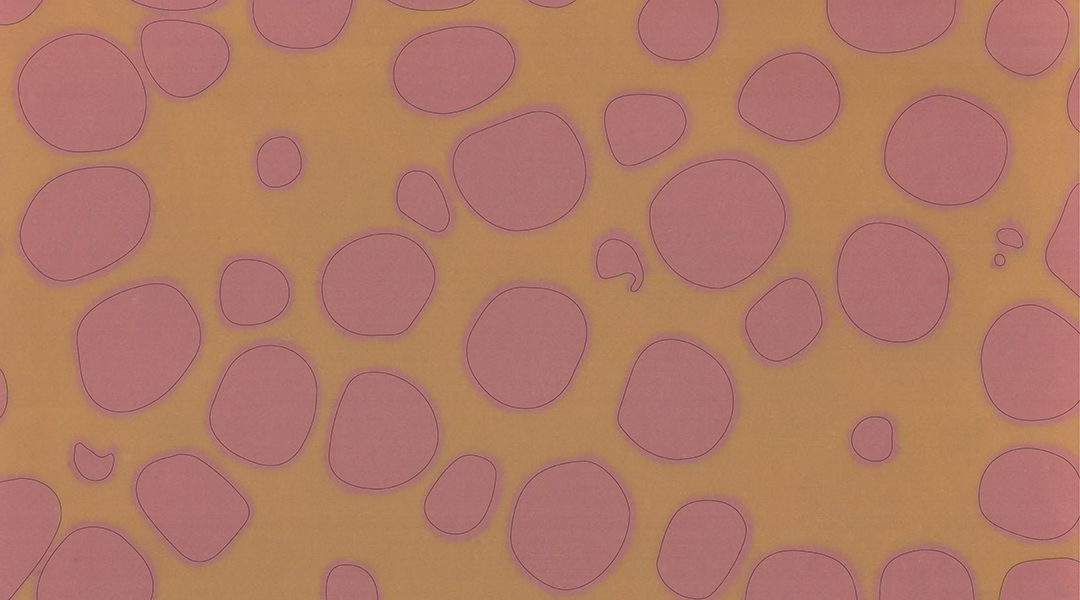
Scientists have designed a new paint formulation based on a natural pigment that changes color in response to sunlight.
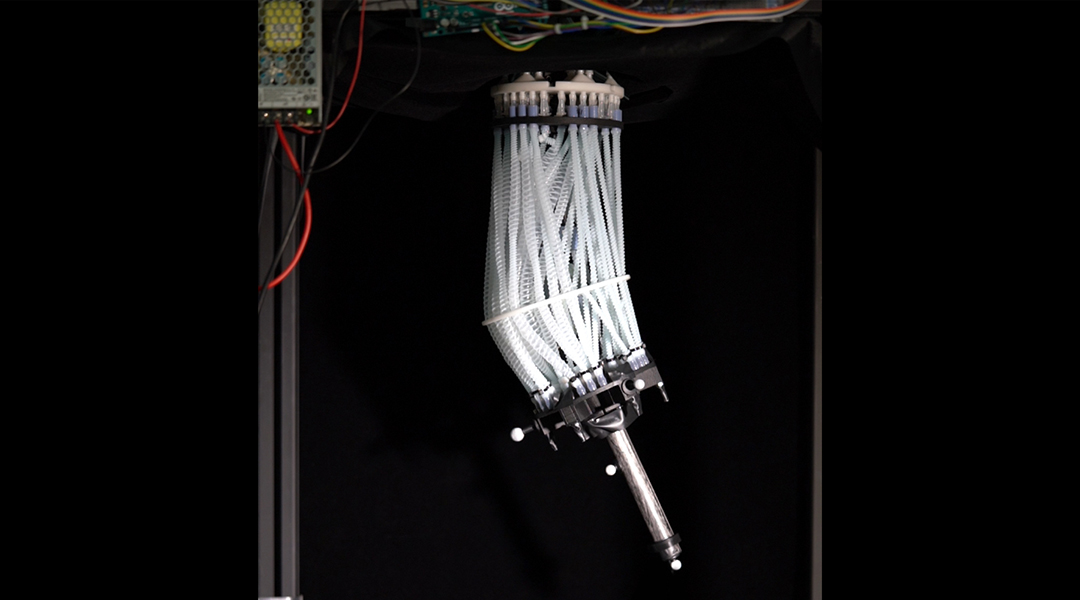
Using soft materials, researchers have developed a robot arm that mimics the rotational movement and structure of the shoulder.